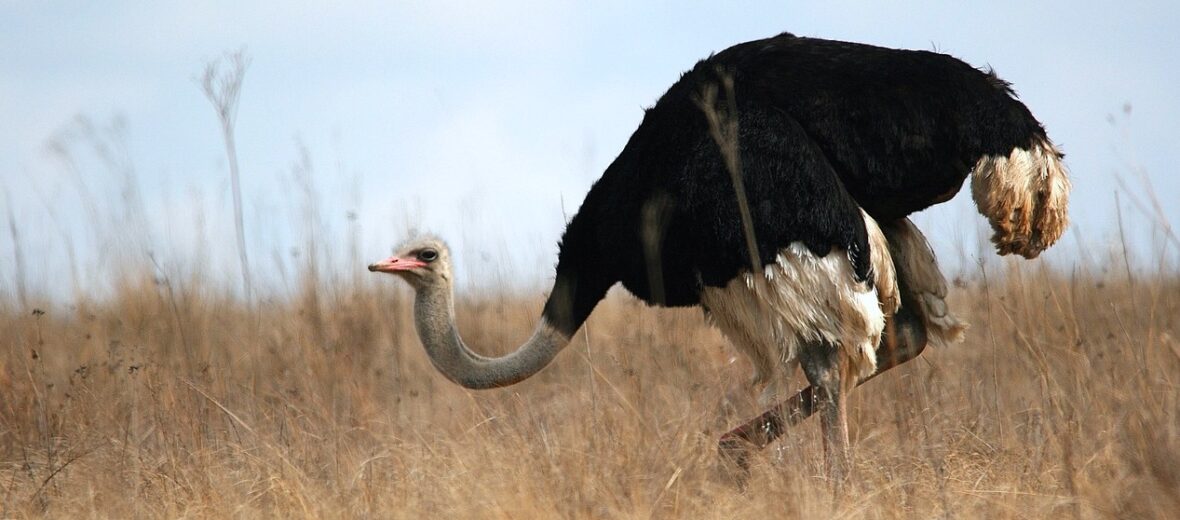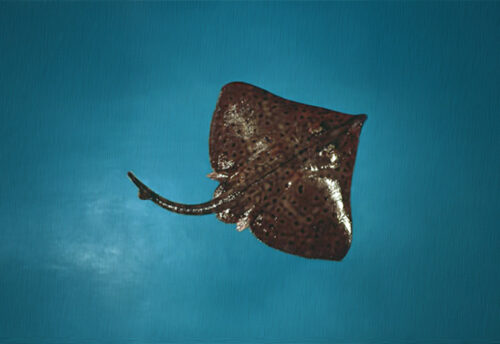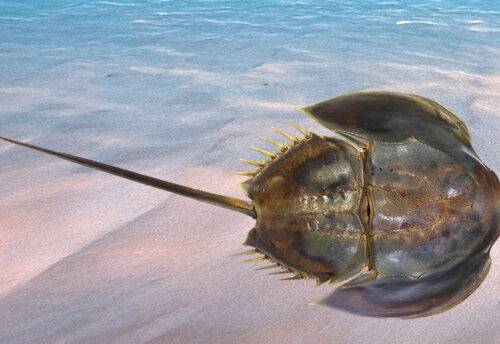
Boasting not only the greatest avian height but the largest eyes of any land animal (in comparison to it’s body), we have the ostrich. These birds are native to Africa’s semi-arid plains and woodlands. They may not be able to fly, but they can certainly defend themselves. They have speed and a nasty kick at their disposal. The common ostrich is listed as Least Concern, but the Somali ostrich is listed as Vulnerable by the IUCN.
First the Stats…
Scientific name: Struthio
Weight: Up to 250 lbs.
Height: Up to 9+ feet
Wingspan: Up to 6.6 feet
Lifespan: Up to 45 years
Now on to the Facts!
1.) Each egg can be up to 6 inches long and weigh up to 3 lbs.!
2.) Their diet consists mainly of roots, seeds, and leaves, but ostriches will also eat insects, snakes, lizards, and rodents.
3.) They also swallow sand and small pebbles, called grit, which help them grind up their food in their gizzard.
4.) Their predators include humans, cheetahs, leopards, hunting dogs, lions, and the spotted hyena.
5.) Living together in herds of around 10 +/- ostrich herds are led by a dominant male and female.
But wait, there’s more on the ostrich!
6.) The darker male ostrich incubates its eggs at night while the paler female incubates the eggs during daylight hours.
7.) Contrary to popular belief, ostriches don’t bury their heads in the sand. At the approach of trouble, ostriches will lie low and press their long necks to the ground in an attempt to become less visible to predators.
Did you know…?
Chicks can run up to 35 mph and adults up to 43 mph!
8.) While running, 1 stride can cover up to 16 feet!
9.) The ostrich has a third eyelid, called a nictitating membrane, that cleans and moisturizes the eye. When closed, the membrane also helps to protect the bird’s eye while still allowing some vision depending on the amount of transparency of the membrane.
10.) Ostriches can survive for up to 2 weeks without water!
Now a Short Ostrich Video!
Also, check out the Critter Science YouTube channel. Videos added frequently!
Want to suggest a critter for me to write about? Let me know here.



